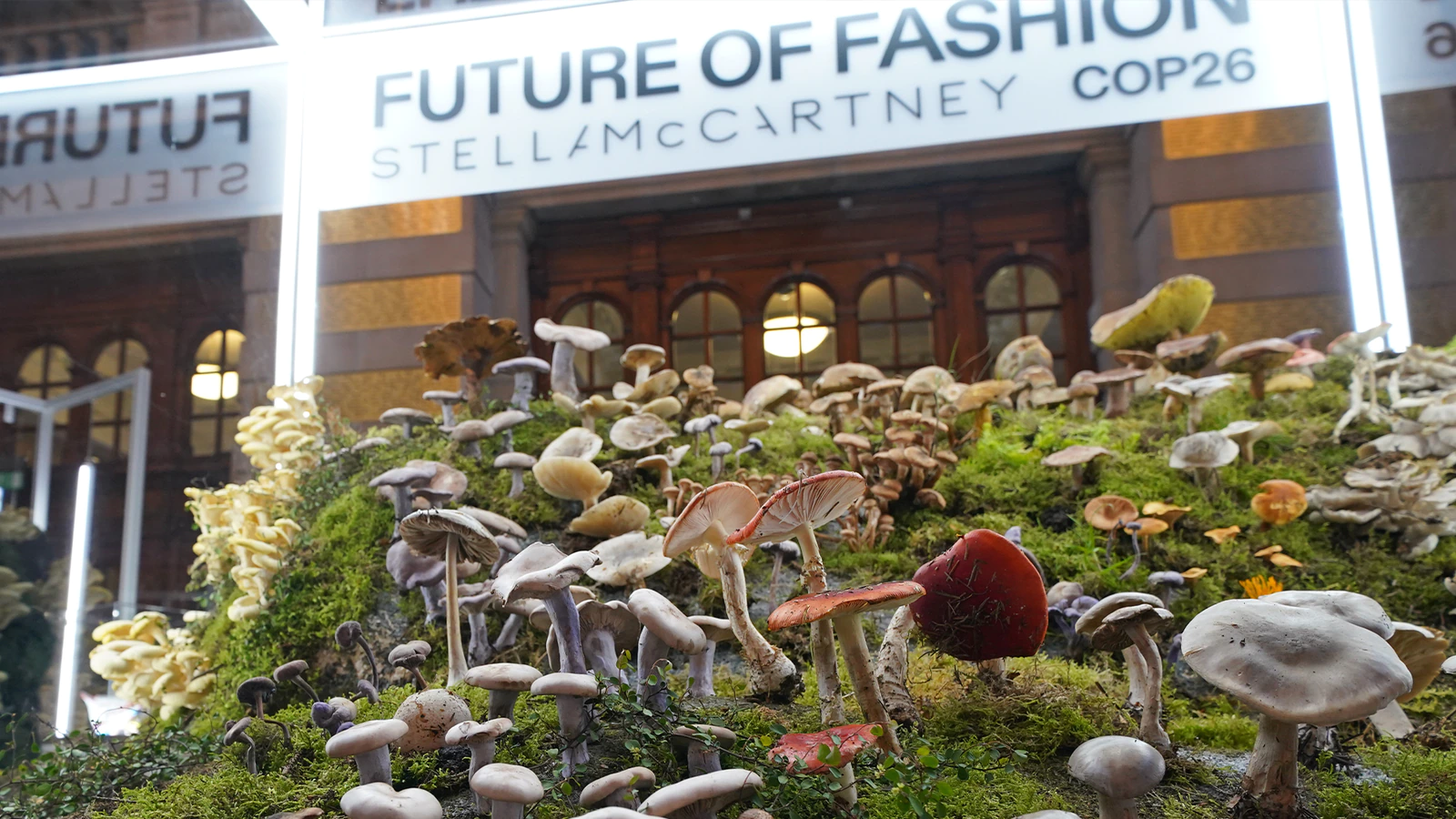
The COP26 meeting in Glasgow, UK that took place in October and November 2021 was the latest in the United Nations’ series of conferences that aims to tackle climate change and its impacts. COP stands for “conference of the parties,” which refers to the UN member states that are represented parties of the climate change convention, and this is the 26th year the secretariat met to discuss plans. Previous COPs have led to international climate treaties like the Kyoto Protocol and the Paris Agreement. The COP26 agenda focused on four goals: 1) securing global net-zero carbon emissions by 2050 and keeping the 1.5-degrees Celsius limit on global warming within reach, 2) adapting to protect communities and natural habitats, 3) mobilising finance, and 4) working together to deliver on commitments.
For the fashion industry, the run-up to the event galvanised companies such as Arezzo & Co, Cartier, New Look, Prada, Soorty Enterprises, Under Armour and YKK Corporation into making specific commitments or announcements of broader sustainability initiatives, and provided an opportunity for collective discussion and advocacy. Fifty textile, apparel and luxury companies announced their commitment to science-based targets in the six months before the event, which is more than three times the number in the same period in 2020. Fashion-focused events were also planned for COP26, including The Fashion Dialogue, featuring prominent speakers from the global fashion industry, and the Fashion Industry on the Race to Zero.
In addition, as COP26 heightened the focus on communities and natural habitats — both of which are for the most part negatively impacted by the fashion industry — many companies honed their biodiversity agendas through “nature positive” commitments, aimed at proactively enhancing the resilience of the planet against climate change and reversing nature and biodiversity loss.
While these commitments are all positive indications that parts of the industry are keen to change, the proof will be in tangible actions taken over the next few years. While specific outcomes of COP26 are not included in our analysis owing to the time of writing, below we outline the main goals of COP26 and what the fashion industry will need to do to respond.
Read the full article on Business of Fashion
